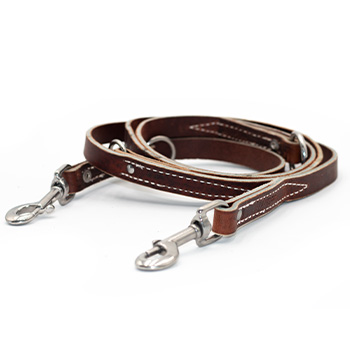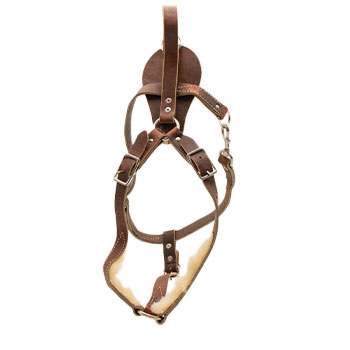May 17, 2011
I am having problem with the recall. The methods our trainers use are not working with my patrol dog. Can you offer some other ideas on the recall?
Full Question:
My name is Nick I am a handler from a NJ Police Department. I've been working with my partner on the street for about a year and a half; we have been working together since 99. I would describe myself as a typical new police handler, I've made my share of success and I've learned lessons the hard way. All in all, I love what I'm doing, and I learn something new everyday as well at training.My partner is a 3 1/2 year Czech import, cross-trained patrol/narcotics. In patrol school, we trained for recalls the same way, everyday, no matter how the dogs responded. Agitation collar on parachute cord until the dog responded to the recall. My dog never got yanked back on the line, he responded to the recall. As soon as we removed the line, the dog would always break. We tried the tricks (not clicking the snap, laying a second line alongside him etc.) The dog would always know he was free. We didn't use shock collars and most of the people I train with do not advocate the use (honestly I wouldn't want to use it if it wasn't used correctly and only by a experienced trainer.)
I re enforce obedience constantly; my dog responds great except under the set up "training scenarios" on the field, other police dogs around etc. I do training with other handlers in "real life" situations, motor vehicle stops / arrest situations the dog recalls great.
I hope I have explained the problem well (remember, I am a new handler!) Any suggestions would be greatly appreciated, as well as which video could help me.
Thanks,
Nick

 Ed's Answer:
Ed's Answer:
Nick,
Your problem is a common one and I have to say that the way that you are trying to solve the problem is a common (although ineffective one). I am not a fan of this method. As you have found out - it usually does not work.
I prefer to use a different method. I am currently editing a training video titled training the directed search. This tape will include the recall. Here are the basic training steps:
Your problem is a common one and I have to say that the way that you are trying to solve the problem is a common (although ineffective one). I am not a fan of this method. As you have found out - it usually does not work.
I prefer to use a different method. I am currently editing a training video titled training the directed search. This tape will include the recall. Here are the basic training steps:
- With the helper standing in the open field - put the dog in a down position. You move about 10 yards behind the dog, and call the dog back to you. The helper does not stimulate the dog until the dog gets back to you. As soon (I mean instantly) as the dog gets to your side you give the bite command. The helper moves and stimulates the dog. (This is not a bark and hold exercise).
- Gradually move further back until you are calling the dog back about 30 yards. Every time the dog gets to you he is immediately sent for a bite.
- If the dog breaks and goes to the helper, rather than come to you, RUSH the dog screaming your bleeding head off. Pick him up (screaming NO, NO, NO, NO !!!) and as you drag him back to where he was down - you scream at him like a crazy man. Make him think you are NUTS! Then the second time only call the dog back 10 yard and then if he comes back he again is immediately is sent for a bite.
- When the dog will consistently do this. You put the dog in a DOWN and move to the other side of the helper - so the dog has to run past the helper and come to you. As soon as he gets to you he is sent for a bite. The first few times its not necessary to have the dog run past the helper, he can run at a 45 degree angle in front of the helper. It's a little less tempting for the dog.
- Now when the dog does all of this you can start the recall. Send the dog after the helper and call him back when he is only 10 yard from you – and maybe 30 or 40 yards from the helper. If you have to use a long line to remind him do it. The instant he gets back he is sent for a bite.
- If the dog breaks the recall - you run to him screaming NO, NO, NO!!! like a crazy man. Drag him back. Put him in a down - move 10 yards back, call him and send him. The goal is for him to realize that all he has to do is run to you and he will get a bite so its not worth the hassle of you acting like a crazy man when he does not mind.
- As training progresses you should be able to put the dog in a DOWN 10 feet from the helper and call him back 30 yards and send him for a bite. When he does that you should be able to send the dog and call him back when the dog is close to the helper.
100% (4 out of 4)
respondents found this answer helpful


Can't find what you're looking for?




